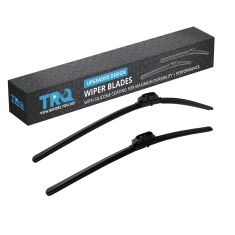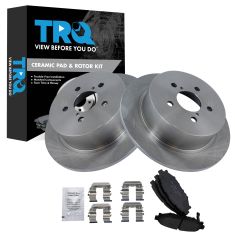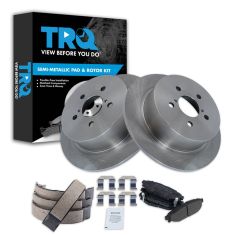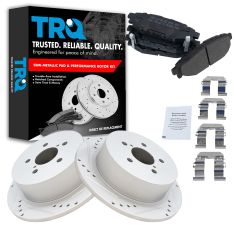1ABFS00535-Subaru Legacy Outback Rear Semi-Metallic Brake Pad & Rotor Kit TRQ BKA10720
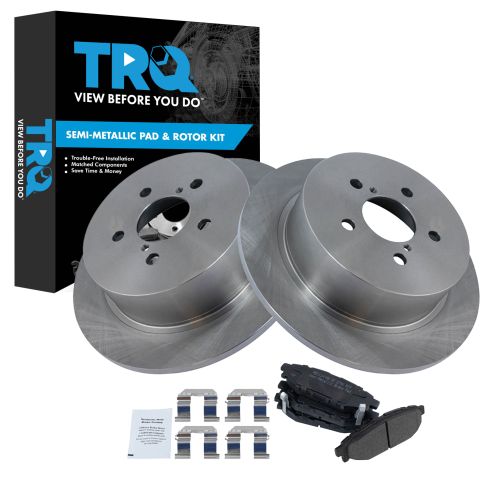


Replaces
2005 Subaru Outback Rear Semi-Metallic Brake Pad & Rotor Kit TRQ BKA10720


Recommended for your 2005 Subaru Outback
Product Reviews
Loading reviews
Customer Q&A
No questions have been asked about this item.
Subaru is a registered trademark of Fuji Heavy Industries Co., Ltd. 1A Auto is not affiliated with or sponsored by Subaru or Fuji Heavy Industries Co., Ltd.
See all trademarks.







